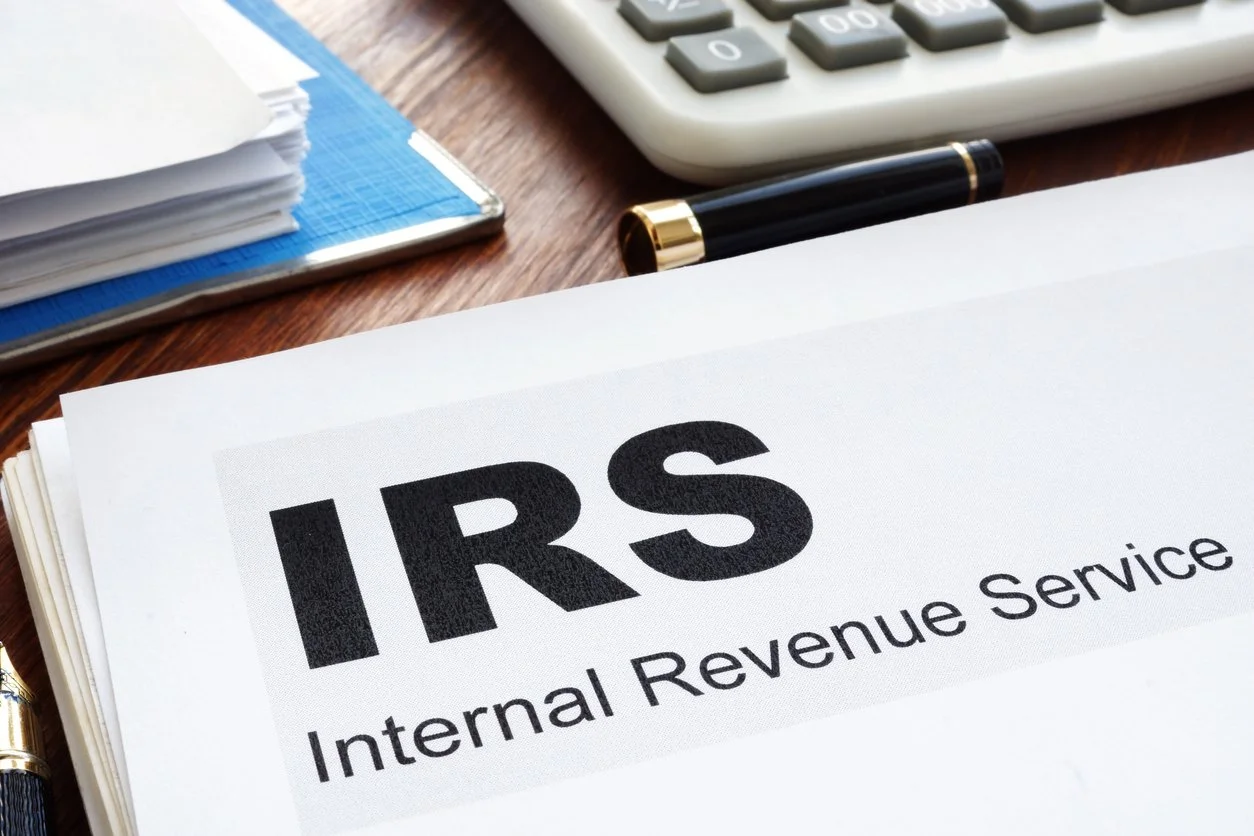🧭 Navigating the H-2A Government
Disclaimer: This page is for informational purposes only and does not constitute legal advice. The content is based on publicly available government resources and may not reflect the most recent legal developments.
The H-2A visa process can feel overwhelming. It involves multiple government agencies, tight deadlines, and strict legal requirements. If you’re new to the program, missing a step or misunderstanding a rule can delay your workers—or even jeopardize your approval.
Use this guide to follow the H-2A process in the general order it typically occurs. Each section includes links to trusted .gov resources so you can read directly from the agencies that manage the program.
If you have questions or get stuck, H2A Visa Solutions is here to help. We can point you in the right direction and offer support with documentation and compliance preparation
✅ Step 1: What Is the H-2A Visa Program?
The H-2A visa generally allows U.S. agricultural employers to hire foreign workers for seasonal jobs like planting, cultivating, or harvesting crops. Before applying, it’s important to understand who may qualify, what types of jobs are typically included, and what employers are usually required to provide—such as housing, meals, and transportation.
Helpful Resources:
H-2A Temporary Agricultural Workers – USCIS
(Agency: U.S. Citizenship and Immigration Services)Farmer’s Guide to H-2A – USDA
(Agency: U.S. Department of Agriculture)
📝 Step 2: How to Apply for H-2A Labor Certification
Before hiring foreign workers, employers must typically show there are not enough U.S. workers available. This usually involves applying for temporary labor certification through the U.S. Department of Labor (DOL) and coordinating with your State Workforce Agency for local job posting and recruitment.
Helpful Resources:
ETA H-2A Program Page – DOL
(Agency: Employment and Training Administration, U.S. Department of Labor)South Dakota DLR H-2A Services
(Agency: South Dakota Department of Labor – State Workforce Agency example)
🏠 Step 3: H-2A Housing and Transportation Requirements
H-2A employers must provide free, inspected housing and pay for workers’ transportation to and from their home country.
Housing and transportation must meet federal and state safety standards and are typically verified through inspections. Non-compliance can lead to delays or penalties, so early planning is essential.
Helpful Resources:
ETA Housing Safety and Health Checklist
🛂 Step 4: H-2A Visa Application Process
After labor certification is approved, workers typically apply for H-2A visas at a U.S. embassy or consulate. The visa process often includes an interview and submission of documents before a visa is issued.
Helpful Resources:
H-2A Temporary Agricultural Workers – USCIS
(Agency: U.S. Citizenship and Immigration Services)Temporary Worker Visas (H-2A) – DOS
(Agency: U.S. Department of State)
🧾 Step 5: I-9 Form & H-2A Worker Onboarding
After arrival, employers are typically required to complete Form I-9 to verify each worker’s identity and employment authorization. Accurate completion and retention of this form helps ensure compliance with federal law.
Helpful Resources:
I-9 Central – USCIS
(Agency: U.S. Citizenship and Immigration Services)Form I-9 Acceptable Documents – USCIS
(Agency: U.S. Citizenship and Immigration Services)
💵 Step 6: H-2A Employer Tax Responsibilities
Employers must generally comply with IRS rules on tax withholding and reporting. While most H-2A wages are exempt from Social Security and Medicare taxes, employers still need to issue W-2 forms and follow federal tax guidelines.
Helpful Resources:
Foreign Agricultural Worker Tax Info – IRS
(Agency: Internal Revenue Service)Publication 51 (Circular A) – Agricultural Employer’s Tax Guide
(Agency: Internal Revenue Service)
📊 Step 7: Track Your H-2A Application and Employer Data
After submitting your application, you can often track its status and view public data related to H-2A employers. These tools may help you stay organized and informed throughout the process.
Helpful Resources:
Case Status Tool – USDA
(Agency: U.S. Department of Agriculture)Employer Lookup Tool – USCIS
(Agency: U.S. Citizenship and Immigration Services)
📁 Step 8: H-2A Pay Stub & Recordkeeping Requirements
H-2A employers must track hours worked, wages paid, and issue detailed pay stubs each pay period. These records must clearly show:
Pay rates
Hours offered and worked
Deductions
Net pay
All payroll and employment records must be retained for at least three years for compliance with federal audits or inspections.
Helpful Resources:
WHD H-2A Recordkeeping – U.S. Department of Labor
(Agency: U.S. Department of Labor – Wage and Hour Division)Civil Money Penalty Inflation Adjustments
(Agency: U.S. Department of Labor)
📌 Step 9: Post Required Worker Rights Posters:
H-2A employers are required by the U.S. Department of Labor's Wage and Hour Division (WHD), the Occupational Safety and Health Administration (OSHA), the United States Environmental Protection Agency (EPA), and the U.S. Equal Employment Opportunity Commission (EEOC) to post the following posters:
Links to Posters (PDF):
🧷 Staying Compliant After Approval
Approval is just the beginning. Employers remain responsible for ongoing compliance throughout the contract period. That includes tracking work hours, maintaining housing standards, issuing accurate pay, and being ready for audits or inspections.
H2A Visa Solutions is here to support your efforts with compliance preparation and documentation organization. If you're feeling overwhelmed or just want peace of mind, we’re here to assist.











